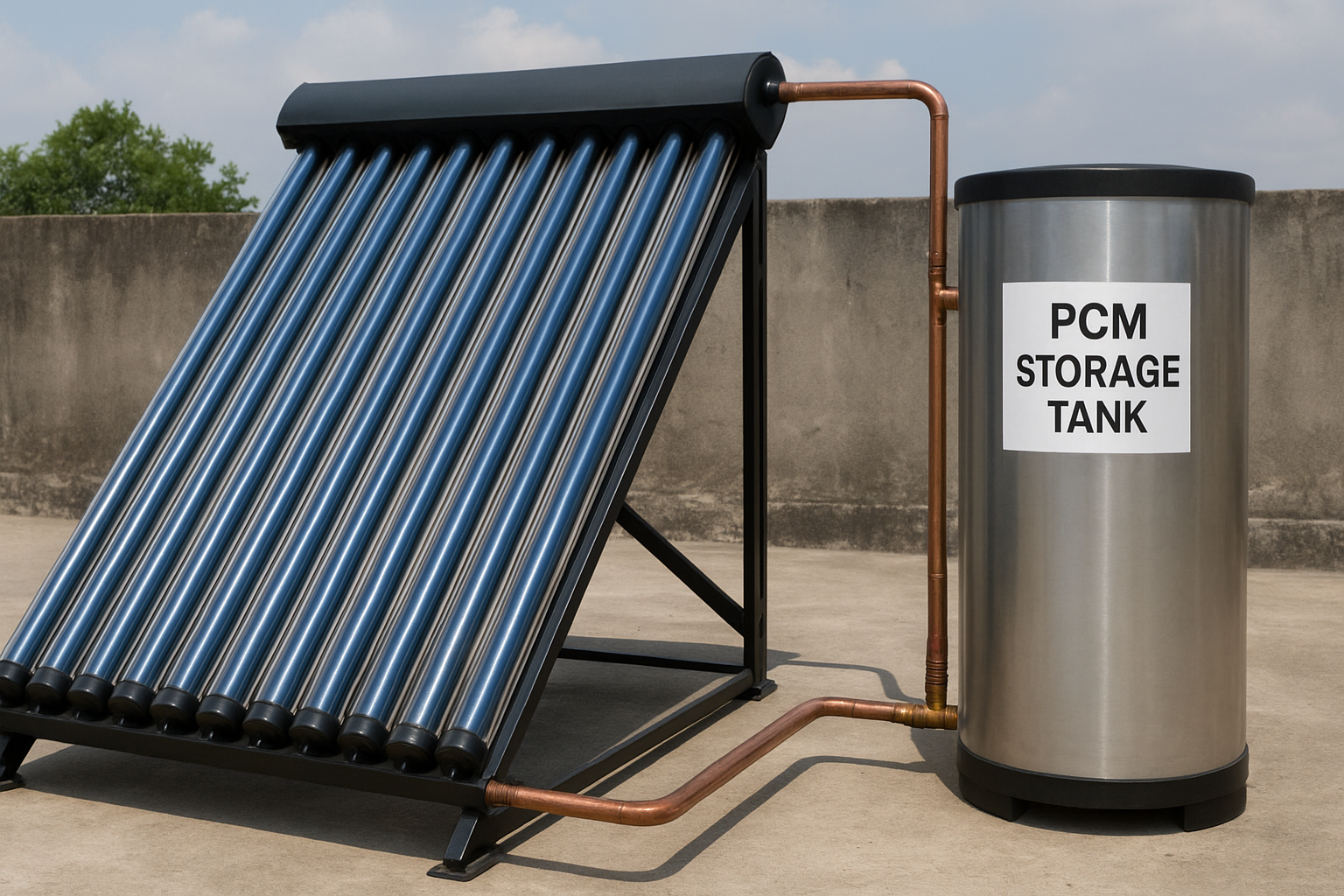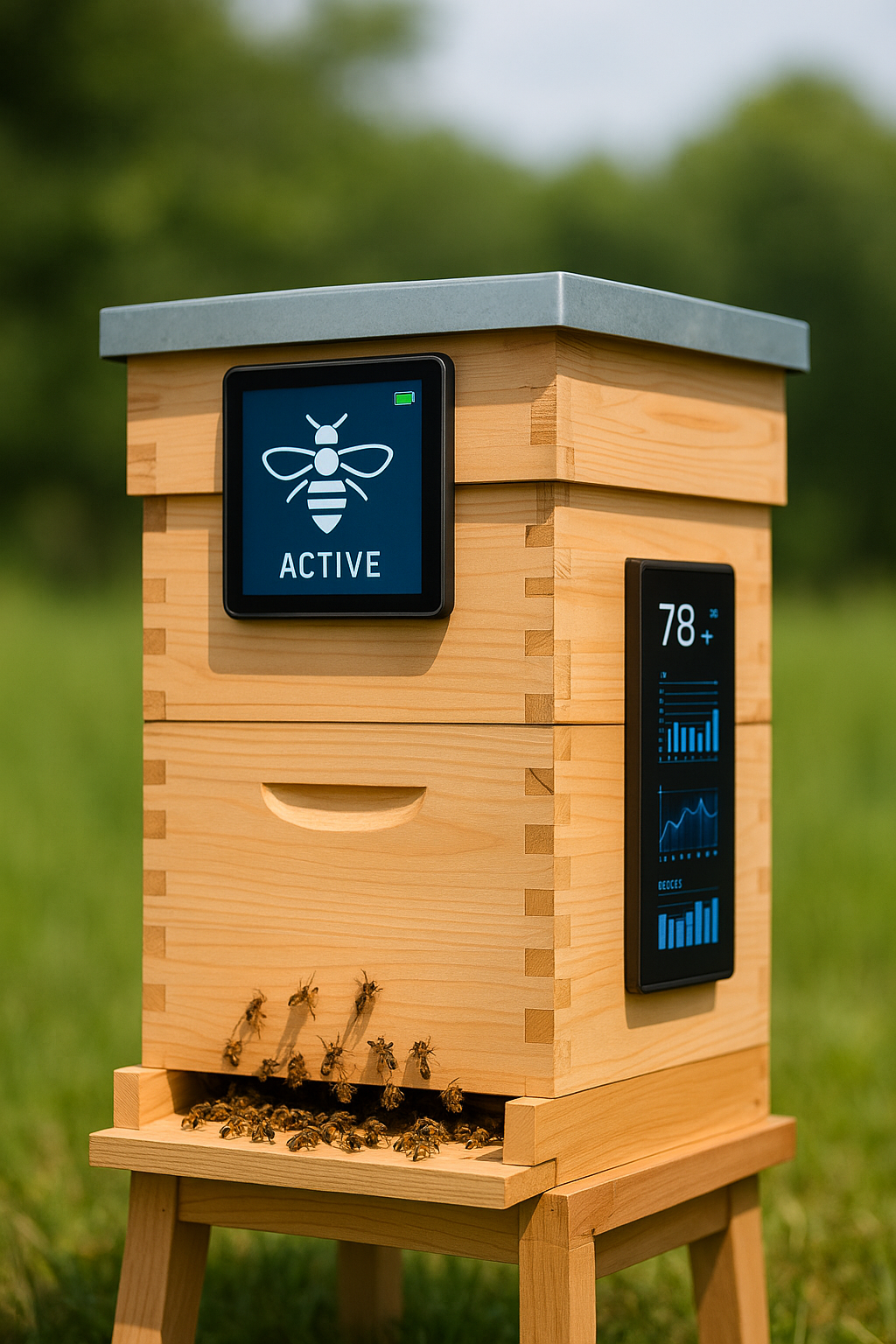Abstract
This project aims to design and construct a modern, energy-efficient jiko (stove) that can simultaneously cook food, heat water, utilize water gas as a fuel source, convert carbon monoxide (CO) to carbon dioxide (CO₂), and includes a roasting chamber. The jiko leverages water gas combustion to increase heat output while minimizing carbon emissions, and a catalytic system is integrated to convert CO into less harmful CO₂. The innovative features of this design promote environmental sustainability and reduce indoor air pollution. This project demonstrates the viability of a multi-functional cooking system that is both eco-friendly and highly efficient.
Key Features and Working Mechanisms
1. Water Gas Fuel System
- Description: The jiko uses a water-gas system for fuel, which generates a mixture of hydrogen (H₂) and carbon monoxide (CO) through a reaction between water vapor (steam) and a carbon source (e.g., charcoal).
- Mechanism: The water gas is ignited, producing high heat with fewer emissions than traditional wood or charcoal-based stoves.
2. Water Heating System
- Design: A copper or stainless-steel coil surrounds the main combustion chamber, allowing water to circulate and absorb heat as it rises from the cooking fire.
- Functionality: The heated water is directed to an insulated storage tank, providing hot water on demand.
3. CO to CO₂ Conversion System
- Catalytic Converter: A small catalytic chamber within the exhaust pathway contains a mesh coated with a catalyst (such as platinum or palladium), which facilitates the conversion of CO to CO₂.
- Air Injection: The addition of small air vents provides oxygen, ensuring complete combustion and reducing harmful emissions.
4. Roasting Chamber
- Placement: Positioned above or adjacent to the combustion chamber, the roasting chamber utilizes residual heat.
- Temperature Control: Adjustable vents regulate the heat flow, allowing for optimal roasting temperatures.
Materials
- Stainless Steel or High-Temperature Metal: For the main body of the jiko to ensure durability.
- Firebrick or Ceramic Insulation: Surrounds the combustion chamber for heat retention.
- Copper or Stainless Steel Tubing: For the water heating coil, chosen for heat conduction and corrosion resistance.
- Catalyst-Coated Mesh (Platinum or Palladium): For the catalytic converter, which facilitates CO to CO₂ conversion.
- Adjustable Vents: For regulating heat in the roasting chamber.
- Thermometer: For monitoring temperatures in both the roasting chamber and water heating system.
Procedure
- Construct the Body:
- Assemble the jiko frame using stainless steel or other high-temperature-resistant metal, ensuring a stable and insulated combustion chamber with firebricks.
- Install Water Heating System:
- Wrap a copper or stainless-steel coil around the combustion chamber, with tubing extending to an insulated storage tank for hot water.
- Ensure secure connections for water inflow and outflow, allowing circulation as it heats.
- Build the CO to CO₂ Conversion Chamber:
- Position a small catalytic chamber along the exhaust pathway.
- Place a catalyst-coated mesh inside and add small vents to introduce additional oxygen, promoting complete combustion.
- Add Roasting Chamber:
- Place the roasting chamber either above or next to the main combustion area.
- Include vents for temperature control and a thermometer for monitoring.
- Test and Monitor Performance:
- Ignite the water-gas fuel and adjust the vents to regulate the cooking, water heating, and roasting temperatures.
- Observe the catalytic converter in action to ensure CO is effectively being converted to CO₂.
Results
The newly constructed jiko successfully performed the following:
- Simultaneous Cooking and Water Heating: The water coil system effectively heated water while cooking was underway.
- CO to CO₂ Conversion: The catalytic converter minimized CO emissions by converting it to CO₂, contributing to cleaner air around the cooking area.
- Effective Roasting Chamber: The roasting chamber maintained a consistent temperature, allowing for roasting of various foods without compromising the main cooking area.







Thanks for giving your ideas with this blog. Furthermore, a misconception regarding the banks intentions whenever talking about property foreclosures is that the traditional bank will not take my payments. There is a fair bit of time in which the bank is going to take payments every now and then. If you are too deep within the hole, they’ll commonly demand that you pay that payment entirely. However, i am not saying that they will have any sort of installments at all. If you and the loan company can be capable to work a thing out, your foreclosure approach may stop. However, in the event you continue to miss payments under the new strategy, the foreclosure process can pick up from where it left off.